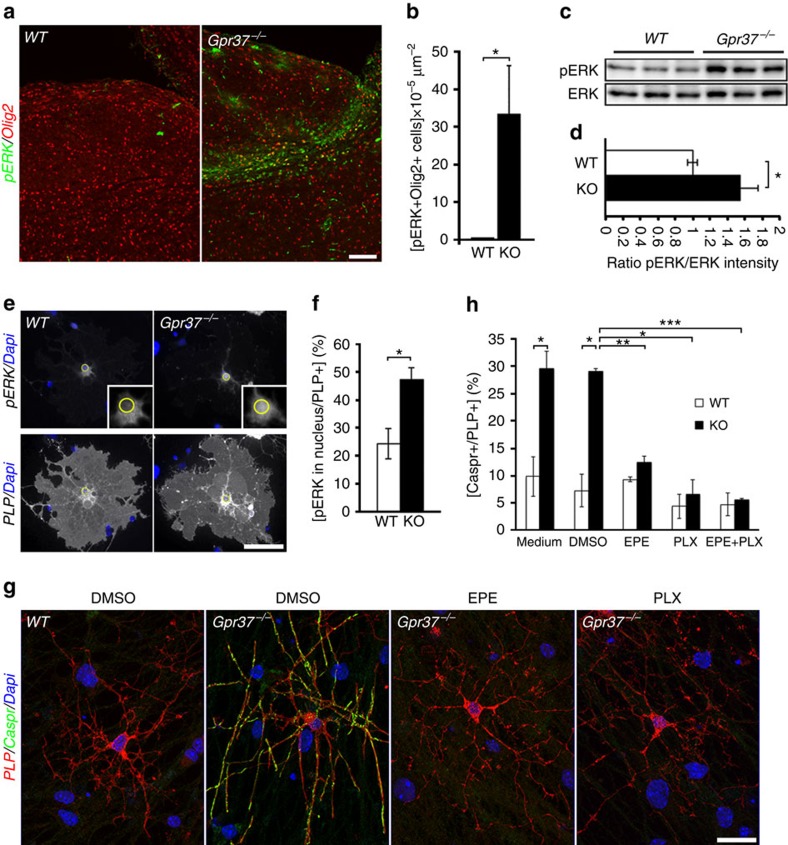Figure 5. Gpr37-dependent inhibition of oligodendrocyte differentiation is mediated by ERK phosphorylation and nuclear translocation.
(a) Immunolabelling of sagittal brain sections of P12 brain stems from wild type (WT) and KO (Gpr37−/−) mice using antibodies to phosphorylated ERK (pERK) and Olig2. (b) The number of pERK and Olig2 positive cells in Gpr37−/− compared with WT brainstem (*P<0.05, n=5 images from two mice per genotype). (c) Western blot analysis of purified OPC cultures at DIV7 (three cultures per each genotype are shown). Blots were incubated with antibodies to pERK or general ERK (ERK) as indicated. (d) Relative value of pERK intensity normalized by general ERK (p=0.02, n=7 cultures each genotype). (e) pERK is present in the nucleus of oligodendrocytes lacking Gpr37) OPC cultures isolated from wild-type (WT) or KO (Gpr37−/−) mice were fixed at DIV5 and immunolabelled using antibodies to pERK, PLP and Dapi. PLP and ERK immunoreactivity are shown in separate panels along with the Dapi signal. The location of the nucleus is marked with a yellow circle in the high magnification of the boxed area (insets). (f) Percentage of PLP-positive oligodendrocytes showing nuclear localization of pERK in wild-type (WT) and KO cultures. (*P<0.05, n=3 different primary cultures for each genotype; 100 PLP-positive oligodendrocytes were counted per each culture). (g,h) ERK signaling mediates Gpr37 effects on oligodendrocyte differentiation. (g) OPCs isolated from Gpr37−/− or WT mice as indicated were grown with wild-type DRG neurons. Co-cultures were grown for 1 day in their growth medium and maintained for 6 days in a medium containing 10 μM EPE, 1 μM PLX4032 or DMSO as control before fixing and labelling with antibodies to Caspr and PLP. Nuclei were labelled with Dapi. (h) Quantitation of the results showing the fold change in the per cent of PLP-positive cells that associate with axonal Caspr immunoreactivity in all samples compare to the non-treated wild-type cultures. Gpr37−/− oligodendrocytes treated with ERK inhibitors showed a significantly low number of Caspr-positive axons, when compared with DMSO-control (*P<0.05, **P<0.01, ***P<0.001; n=3 different primary cultures for each genotype, 100 PLP-positive cells were counted in each treatment). Bars represent mean±s.e.m. Scale bars, (a) 100 μm; (e) 50 μm; and (h) 20 μm.

